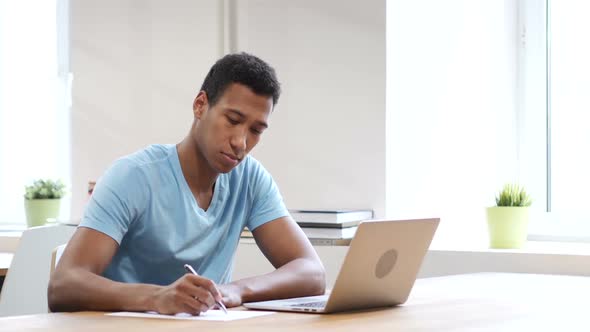Critical Reflection Questions: Music Video
Creative Critical Reflection: Music Video
1. How does your product use or challenge conventions AND how does it represent social groups or issues?
My music video challenged quite a few conventions. For one, rap videos in the 90s tended to contain many people, which my video did not. Posses, cliques, and gangs were popular in the 90s; it was seen as cool at the time to have many of your supporters around you during a video, and many people present in the video in general. However, in my music video, the only people in it were myself and my one other actor.
Furthermore, my video was shot in one take. Typically, music videos that were shot in the 90s tended to have many cuts or transitions and used a large variety of camera angles and shots. Rap in the 90s was more lyrical than it was today, and therefore there was more to be told in a short period of time. These cuts were used to keep a fast pace that could follow the story being told in the song. In my video, no such cuts were used.
In regards to how my video represents social groups or issues, my video is reflective of a song that does nothing but talk about a controversial, and realistic, issue. The song is about a 12-year-old girl named Brenda who lives in the ghetto and is struggling to raise a baby she doesn't have the means to support. The song explores the issue of teen pregnancy, among others, and the effects of it on the mothers, their families, and their communities. In my video, I am shedding light on this specific issue and explaining to a friend of mine how it affects the entire community, as well as Brenda and her family. The story I tell explains the circumstances that led to Brenda becoming pregnant and erases some of the stigma that is associated with teen pregnancy by offering the true story, rather than relying on stereotypes to explain the situation.
2. How does your product engage with audiences AND how would it be distributed as a real media text?
My product engages with audience because it creates the sense that the viewer is listening in, and is a part of the conversation being had. Within the video, I am telling the story to my friend, but I also look at the camera while telling the story at certain points. This creates the sense that the audience is a part of the conversation. The hand-held cam, which has natural swaying, as well as the camera moving backwards, created a first-person POV type effect. The audience is engaged by the sense of being involved in the story-telling.
If my music video were to be distributed as real media, it would probably be distributed through social media, specifically social awareness accounts. The length of the video is quite short so it may not be televised by itself, but it can be a part of a series of videos that aim to give awareness on various topics such as teen pregnancy, poverty, etc. My video can even be played to the youth in schools or youth centers as a way to give them knowledge on a touchy subject through the music that they enjoy.
3. How did your production skills develop throughout this project?
My production skills improved noticeably throughout this project. I was being more vocal in how I wanted my actor to behave and which expressions and mannerisms he would apply to his character. Due to the fact the the shoot was going to be done in one take, and that we were walking in a straight line, there weren't many creative liberties that I could take. However, the fact that things went according to plan is a testament to how my production skills improved in itself. I certainly got better at creating a plan and sticking to it. I came up with my idea for the project, planned it out, and executed it without any hang-ups. I was more confident in my planning and my vision and I did not hesitate to express how I wanted things done. Because of this, the footage was completed within one filming session and there weren't too many takes.
4. How did you integrate technologies – software, hardware and online – in this project?
Software was integrated in this music video in the form of my the editing software I used, Sony Vegas Pro. I edited everything through Sony Vegas Pro, from my computer. The editing process was a lot more comfortable for me due to the fact that I am familiar with the Sony Vegas program. I hadn't used the program in a while prior to this project, so there were still some things I couldn't do to the best of my ability, but I more than managed.
In terms of hardware, the speakers and cameras from my, and my friend's, cellphone proved useful. We used the cameras to record all our footage, but I also played Brenda's Got a Baby in the background just so I could get the rhythm and cadence down. Thanks to this, I didn't need to make any adjustments to the video while editing; the footage and the song matched up perfectly.
The internet also played a part in this project. I had to go online in order to get the song so I could bring it into the editing program. I also was playing the song via YouTube to learn the rhythm. Primarily, since I was born in 2004, I had to use the internet to research conventions and commonalities within music videos that were produced in the 90s.




Comments
Post a Comment